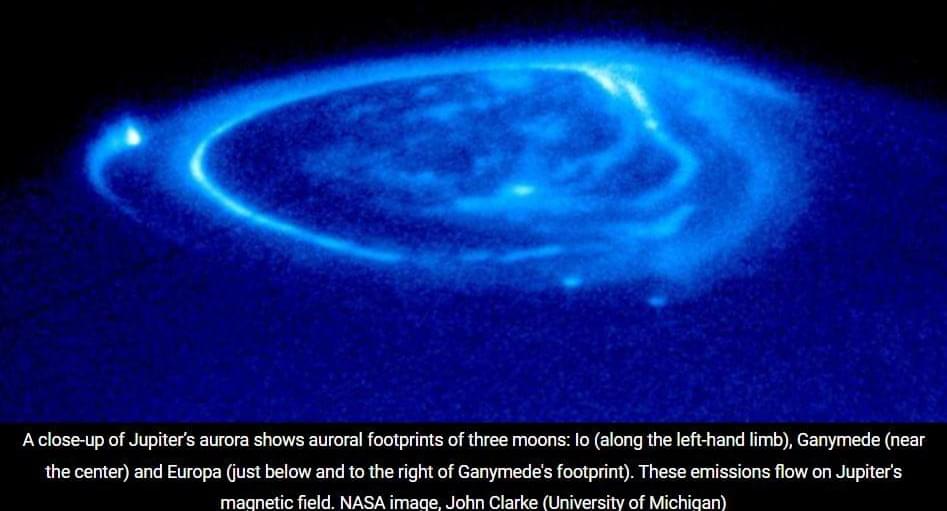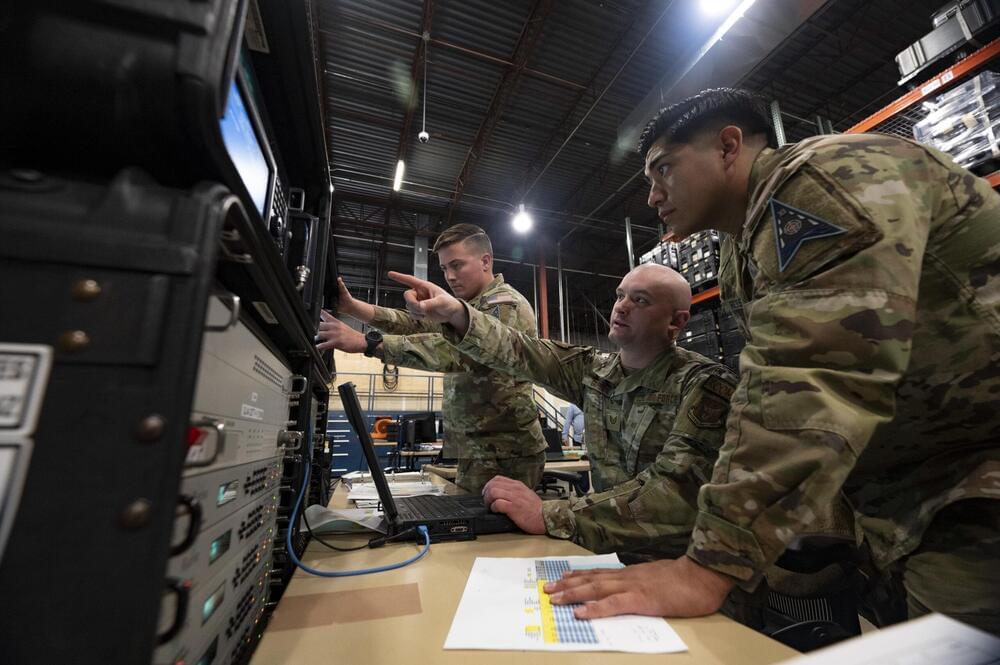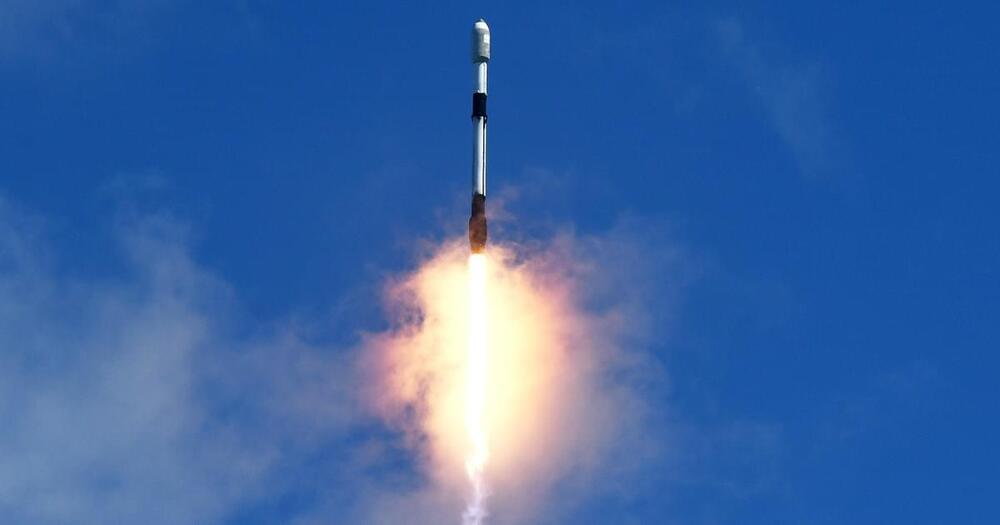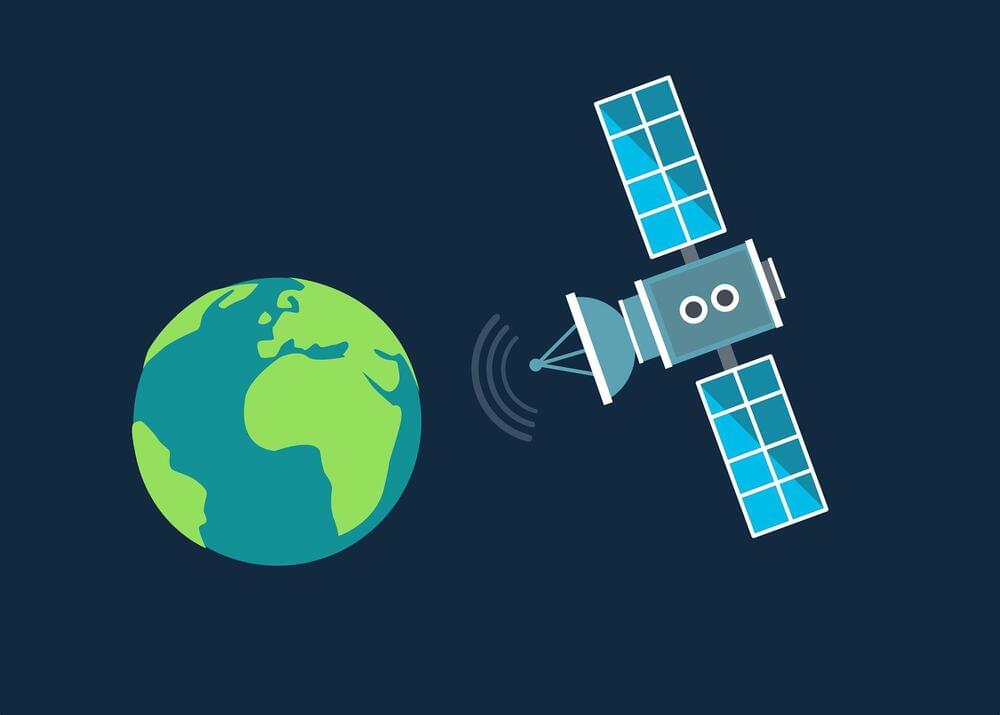Scientists “took a picture” of the Big Bang by capturing the cosmic microwave background (CMB) radiation, which is like the afterglow of the Big Bang. They used satellites like the Cosmic Background Explorer (COBE) and the Planck spacecraft to measure this ancient light. These instruments detected faint microwave signals that have been traveling through space for about 13.8 billion years. By analyzing these signals, scientists created a detailed map of the early universe, showing tiny temperature fluctuations. This “picture” helps us understand the universe’s origins and how it has evolved over time. #brightside Credit: Galaxy Cluster Abell: NASA Hubble — https://flic.kr/p/2e8LH2d, CC BY 2.0 https://creativecommons.org/licenses/.…, https://commons.wikimedia.org/wiki/Fi… Cosmic Microwave: ESA and the Planck Collaboration, CC BY 4.0 https://creativecommons.org/licenses/.…, https://commons.wikimedia.org/wiki/Fi… NASA’s Goddard Space Flight Center Animation is created by Bright Side.
Music from TheSoul Sound: https://thesoul-sound.com/ Check our Bright Side podcast on Spotify and leave a positive review! https://open.spotify.com/show/0hUkPxD… Subscribe to Bright Side: https://goo.gl/rQTJZz.
Our Social Media: Facebook: / brightside Instagram:
/ brightside.official TikTok: https://www.tiktok.com/@brightside.of… Stock materials (photos, footages and other): https://www.depositphotos.com https://www.shutterstock.com https://www.eastnews.ru.
For more videos and articles visit: http://www.brightside.me







